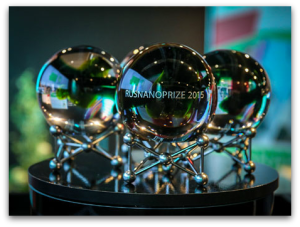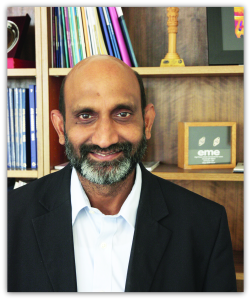
Flexible electrocaloric fabric of nanowire array can cool.
Image: Qing Wang/Penn State
The utilization of nanowires has opened a new branch of science for many researchers. While some have focused on applying this technology to energy systems, researchers from Penn State are using the nanowires to develop solid state personal cooling systems.
A new study from the university shows that nanowires could help develop a material for lightweight cooling systems, which could be incorporated into firefighting gear, athletic uniforms, and other wearables.
“Most electrocaloric ceramic materials contain lead,” says Qing Wang, professor of materials science and engineering at Penn State. “We try not to use lead. Conventional cooling systems use coolants that can be environmentally problematic as well. Our nanowire array can cool without these problems.”
This from Penn State:
Electrocaloric materials are nanostructured materials that show a reversible temperature change under an applied electric field. Previously available electrocaloric materials were single crystals, bulk ceramics, or ceramic thin films that could cool, but are limited because they are rigid, fragile, and have poor processability. Ferroelectric polymers also can cool, but the electric field needed to induce cooling is above the safety limit for humans.





